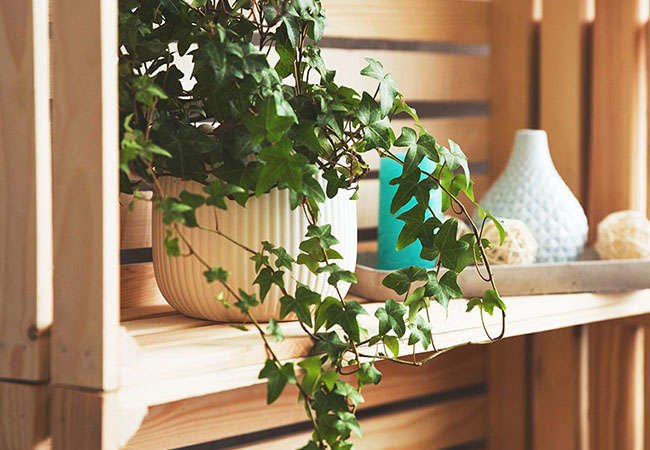

We may earn revenue from the products available on this page and participate in affiliate programs. Learn More ›
Home Advice You Can Trust
Tips, tricks & ideas for a better home and yard, delivered to your inbox daily.
Snake Plant
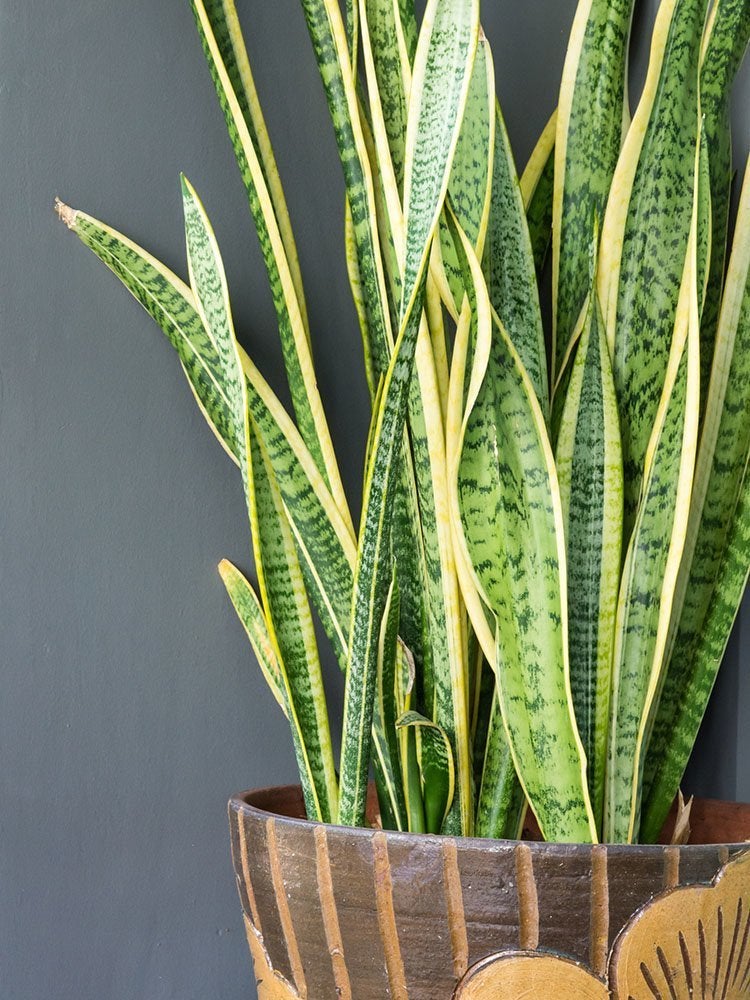
The best way to kill snake plant is by loving it too much—in other words, by overwatering. Otherwise, this plant thrives in most situations. Blade-like leaves add a sculptural touch and come in a variety of colors and patterns. Available at Burpee.com; $16.95.
Zebra Haworthia
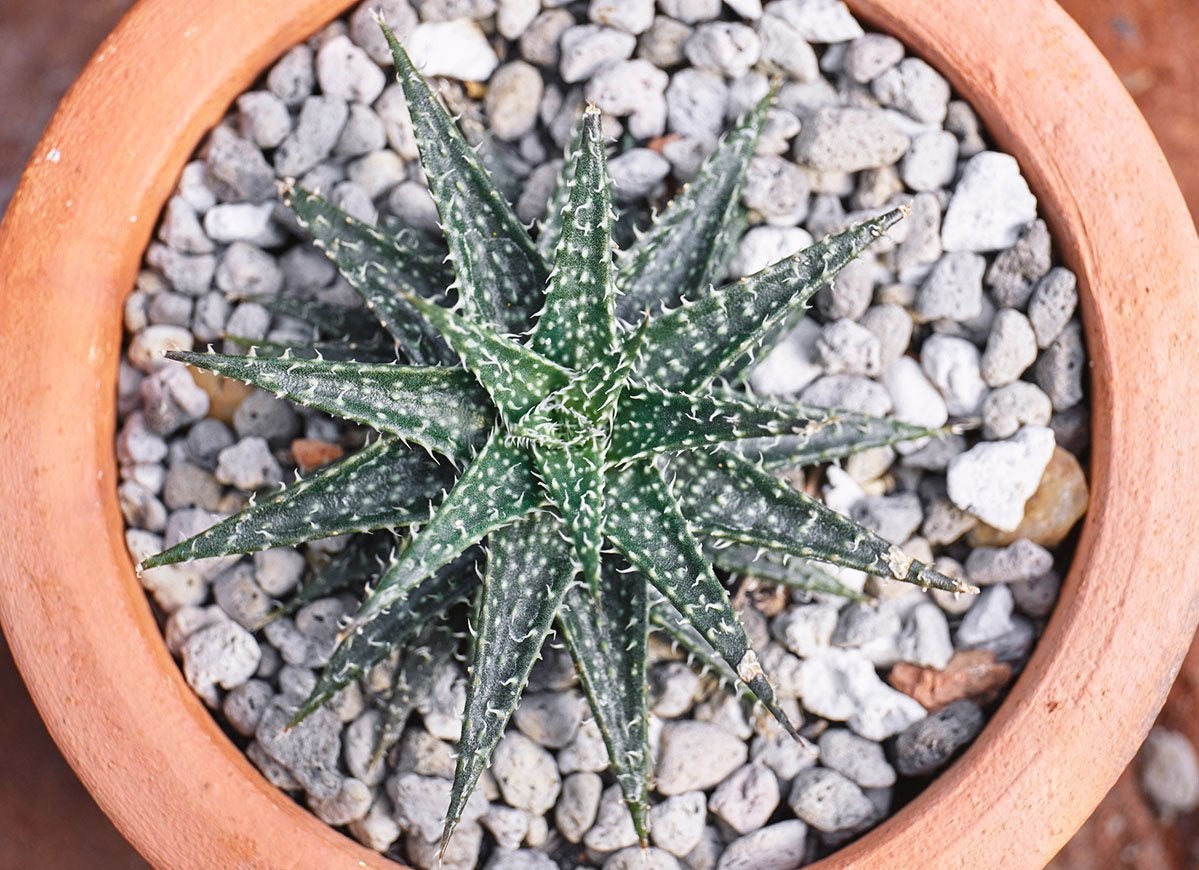
This sweet little succulent thrives in bright light and features raised patterns of speckles and stripes on fleshy upright leaves that signal a preference for infrequent watering. If leaf tips begin to brown, reduce the amount of light. Available at TheSill.com; $13.
ZZ Plant
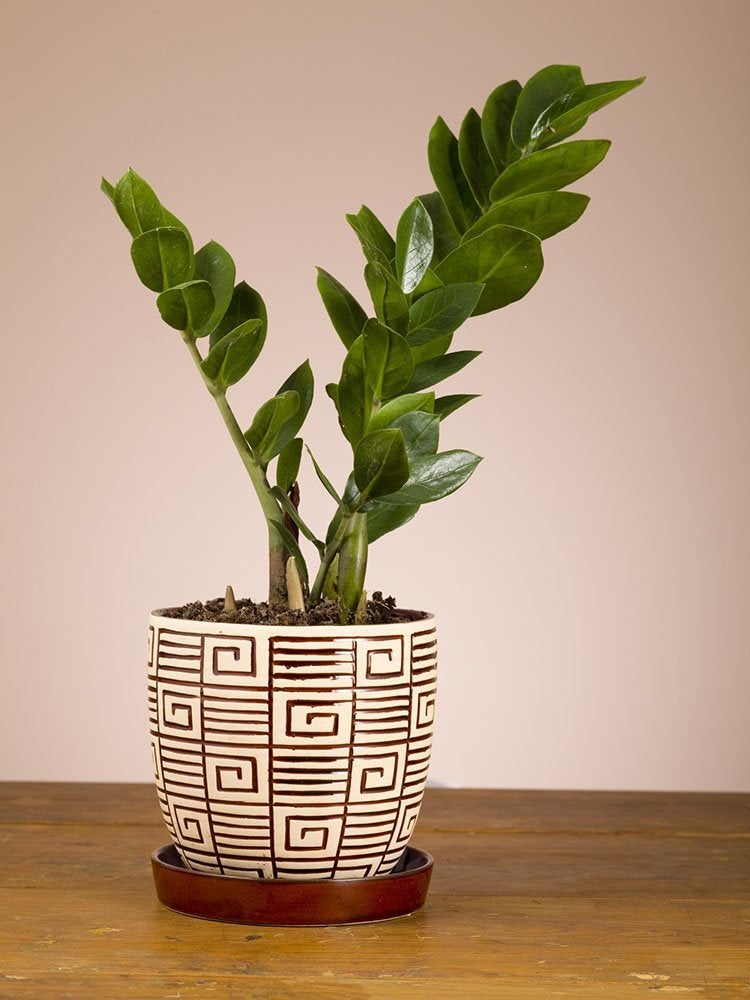
If ever there was a plant that thrives—beautifully—on neglect, ZZ plant (officially, Zamioculcas zamiifolia) is the one. Thick, dark green leaves and an upright growth habit make it a perfect choice for small spaces. It’s also ideal for low light conditions. Available at Burpee.com; $17.95.
Heartleaf Philodendron
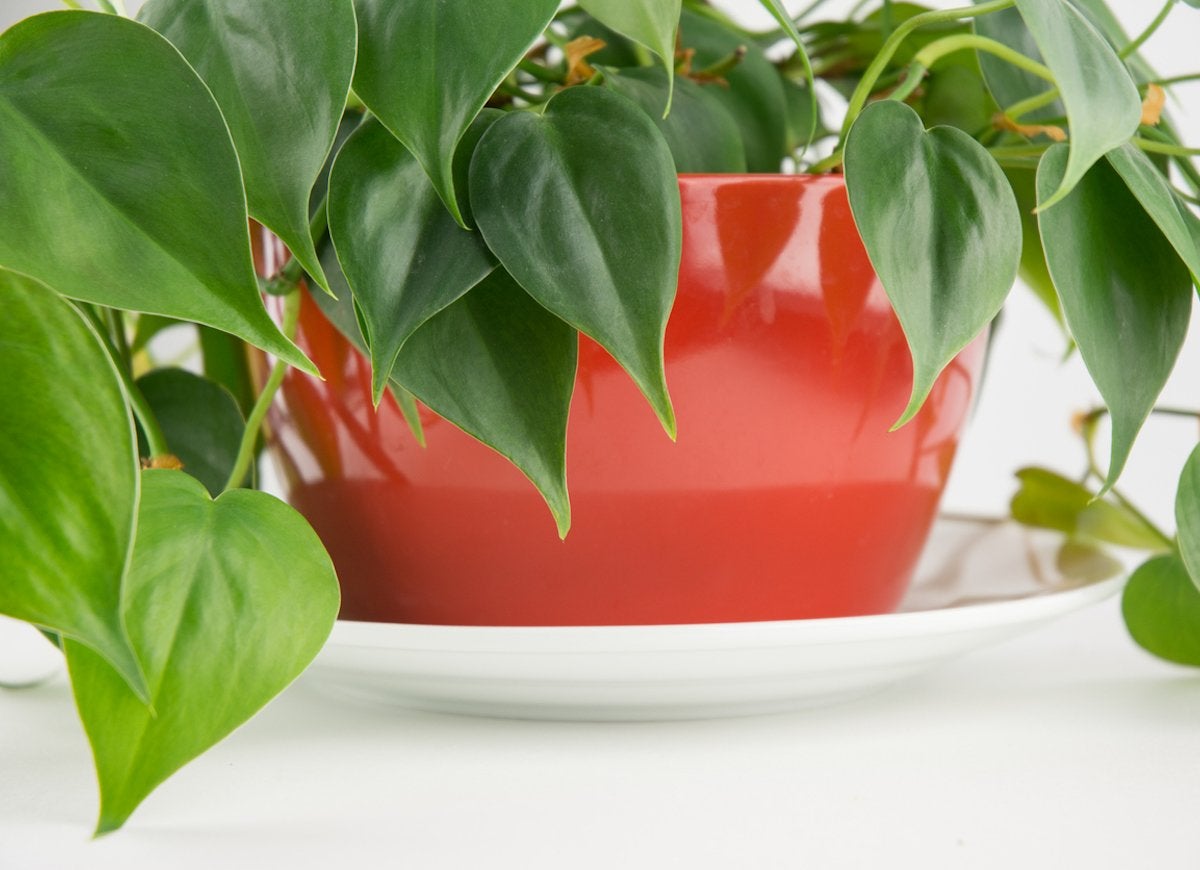
This plant loves to spill over ledges and trail along surfaces. Give it bright indirect light and allow the top of the soil to dry between watering. If it’s taking up too much space, a quick trim will keep it in check and encourage thicker growth on top. Available at TheSill.com; $15.
Purple Shamrock
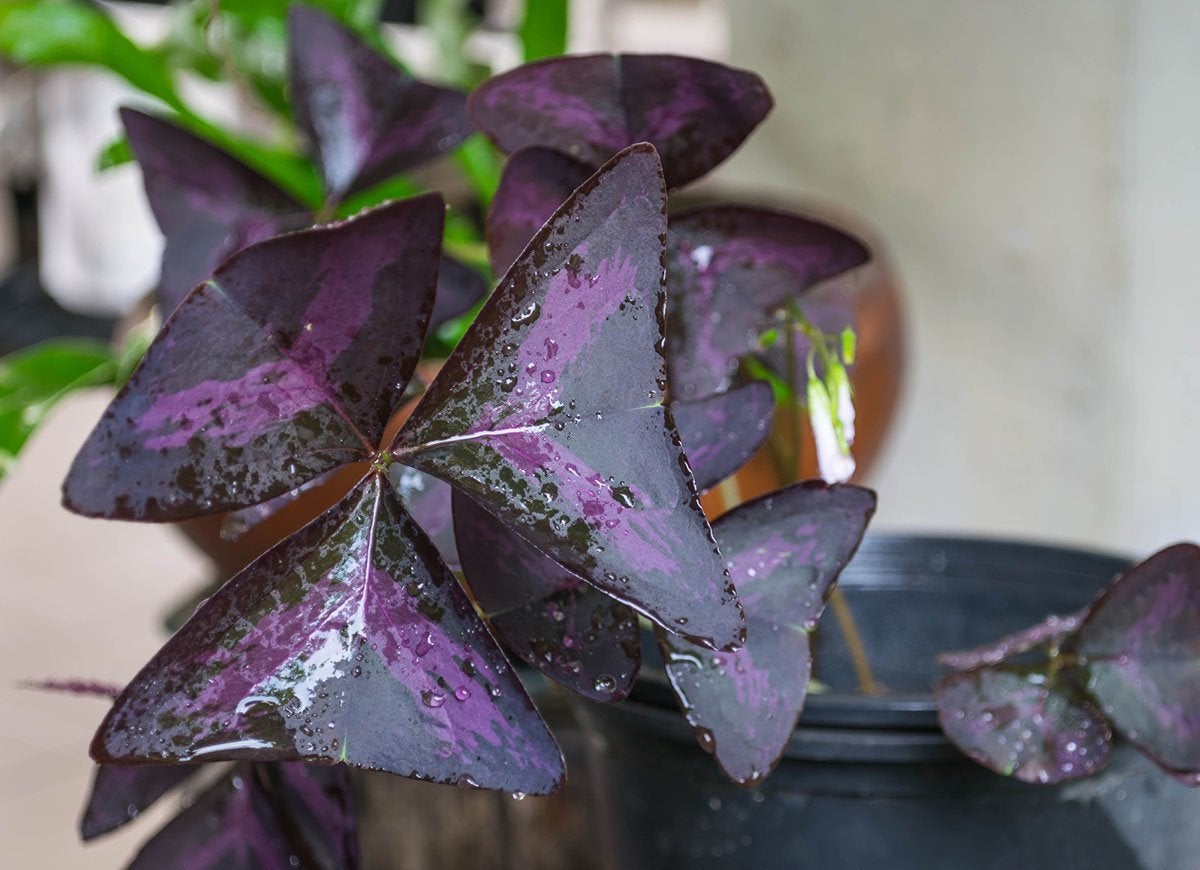
Dark colored leaflets on trifoliate leaves resemble delicate butterflies whose “wings” fold down when night approaches, only to reopen as the sun rises the next day. A shade plant when outside, purple shamrock will thrive in bright indirect light indoors. Too much sun will burn the leaves. If over the winter the plant becomes leggy, give it a trim in the spring to encourage new growth. Available at Lowe’s; $3.98.
Spider Plant

There’s a reason for this plant’s popularity: It’s tough, and it also makes a great hanging plant. Variegated strappy leaves spill over the edges of containers, and mature plants form tight, tufted plantlets that hang from long stems. Spider plant is also easy to share. Provided the plantlets have developed good roots, you can just put them in soil to grow a new plant. Place in bright indirect light, and water when the top inch of soil is dry. Available at Walmart.com; $4.99.
Golden Pothos
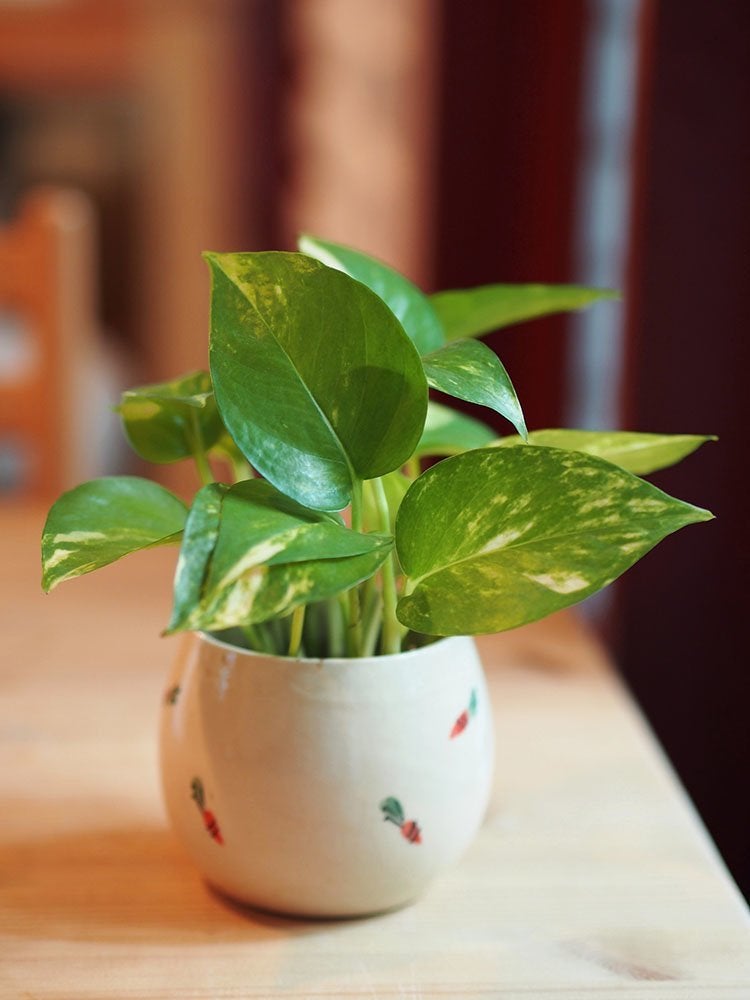
Not only is golden pothos an excellent air-purifying plant, but it can also thrive in most situations. Its adaptability makes it perfect for dorm rooms and offices where light is limited. Heart-shaped green leaves may be variegated with white and yellow patterns. Allow soil to dry out completely between waterings. Available at HomeDepot.com; $15.
Monstera
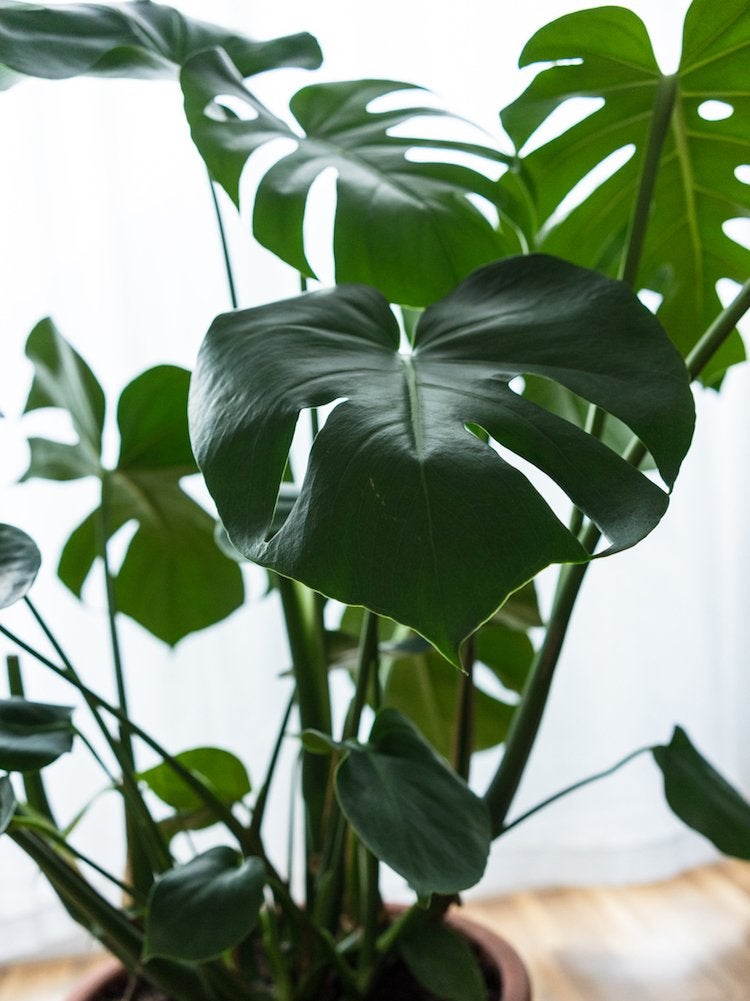
Also known as split leaf philodendron or Swiss cheese plant, monstera is the on-trend houseplant of the moment. If you’ve got the space, this plant will fill it with huge tropical leaves. Locate it in bright but indirect light to prevent leaves from scorching while still encouraging its signature leaf holes. Available at Burpee.com; $23.95.
Lucky Bamboo
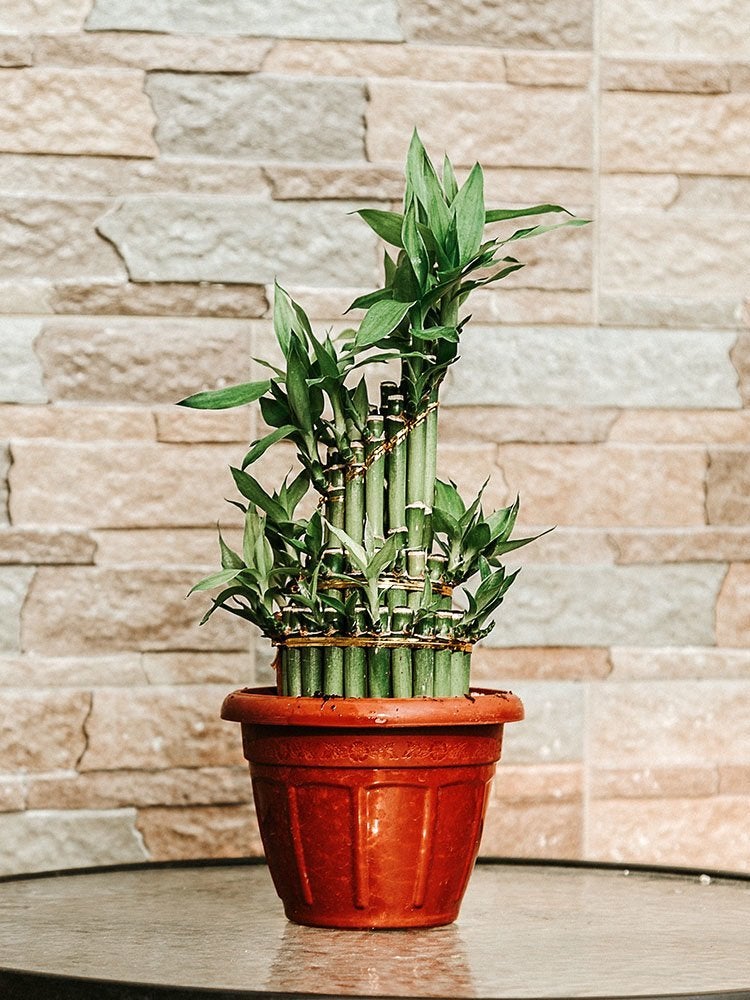
Lucky bamboo will muscle through the most awful situations, remaining green despite adverse conditions. It is typically sold with interesting stalks that have been braided or curled and is said to bring good luck if given as a gift. Lucky bamboo will grow in either soil or water. While bright filtered sunlight is preferred, it will survive in less. Yellowing leaves could be a signal that the plant needs more light. Available at HomeDepot.com; $26.
Fiddle-Leaf Fig
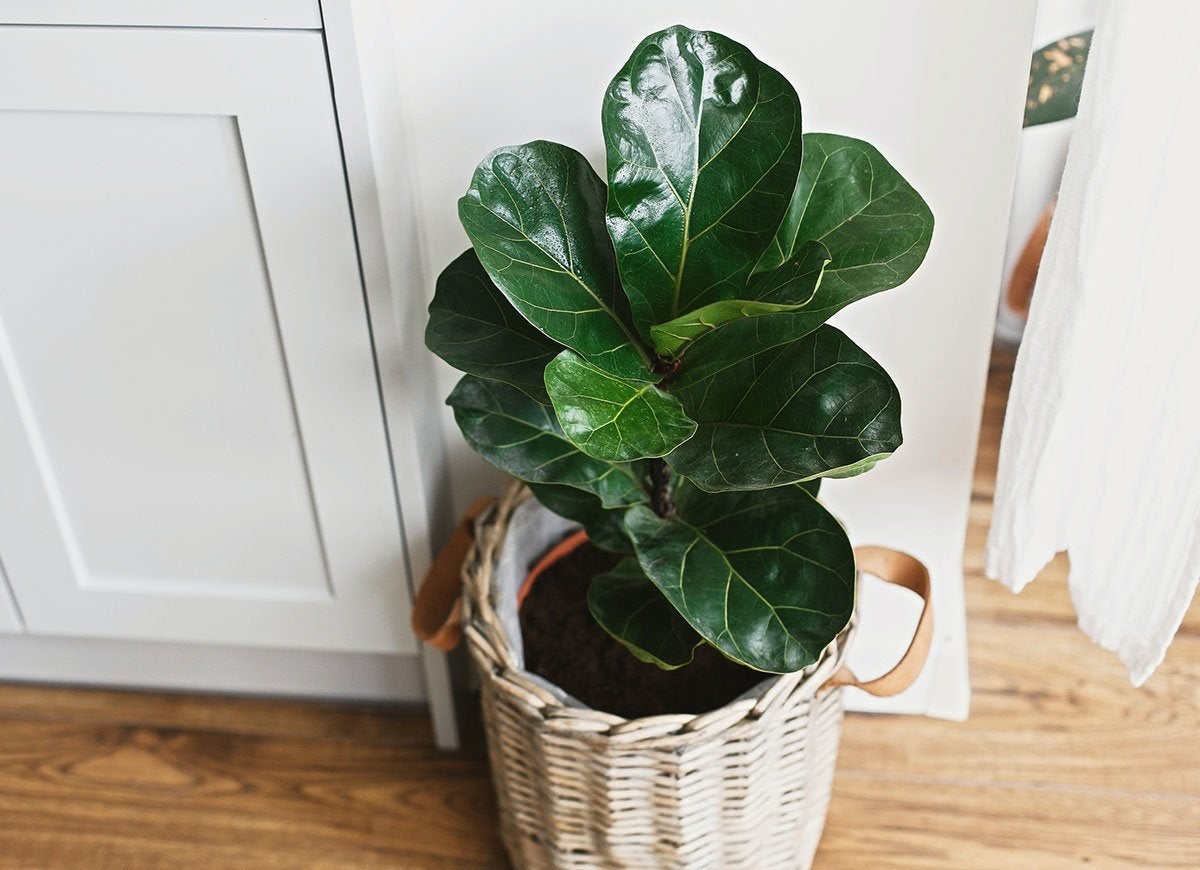
Another hip houseplant, the fiddle-leaf fig has enormous leaves that will quickly take over a small space if it likes the conditions. Think “Little Shop of Horrors,” only prettier. Locate the plant in bright to medium light, safely away from drafts and heating or air-conditioning vents. Allow the soil surface to dry out a bit between waterings. Available at Burpee.com; $17.95.
Peperomia
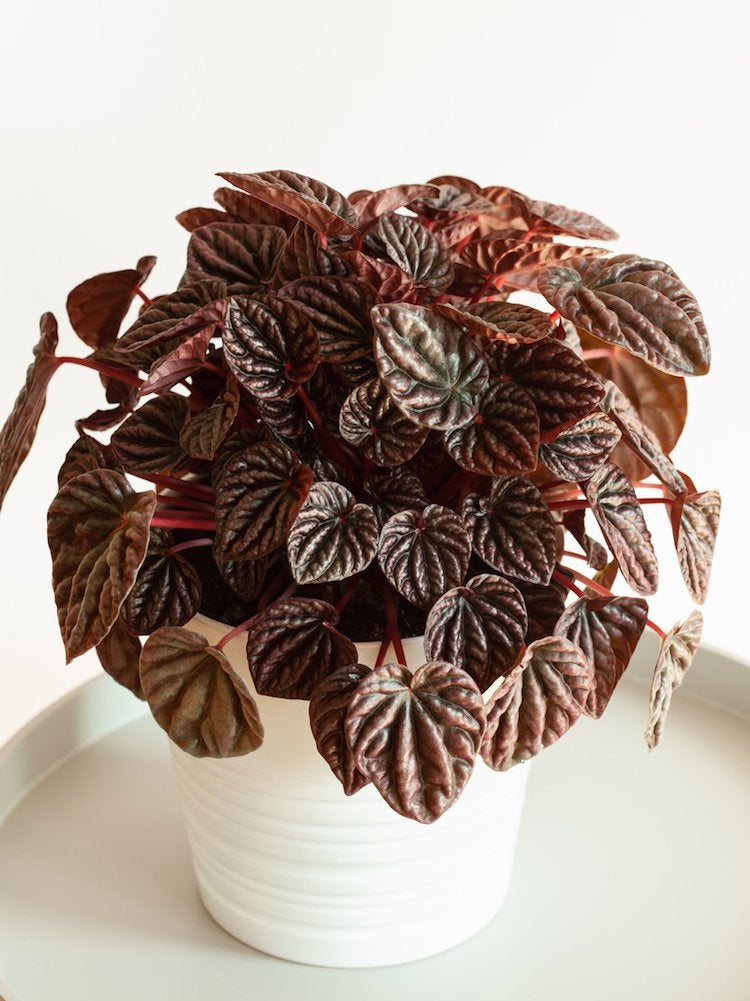
With textured leaves that sparkle in the sunlight, peperomia is an interesting smaller houseplant with many colorful variations. An east window would be a perfect spot for this medium- to low-light lover. Available at HomeDepot.com; $14.
English Ivy
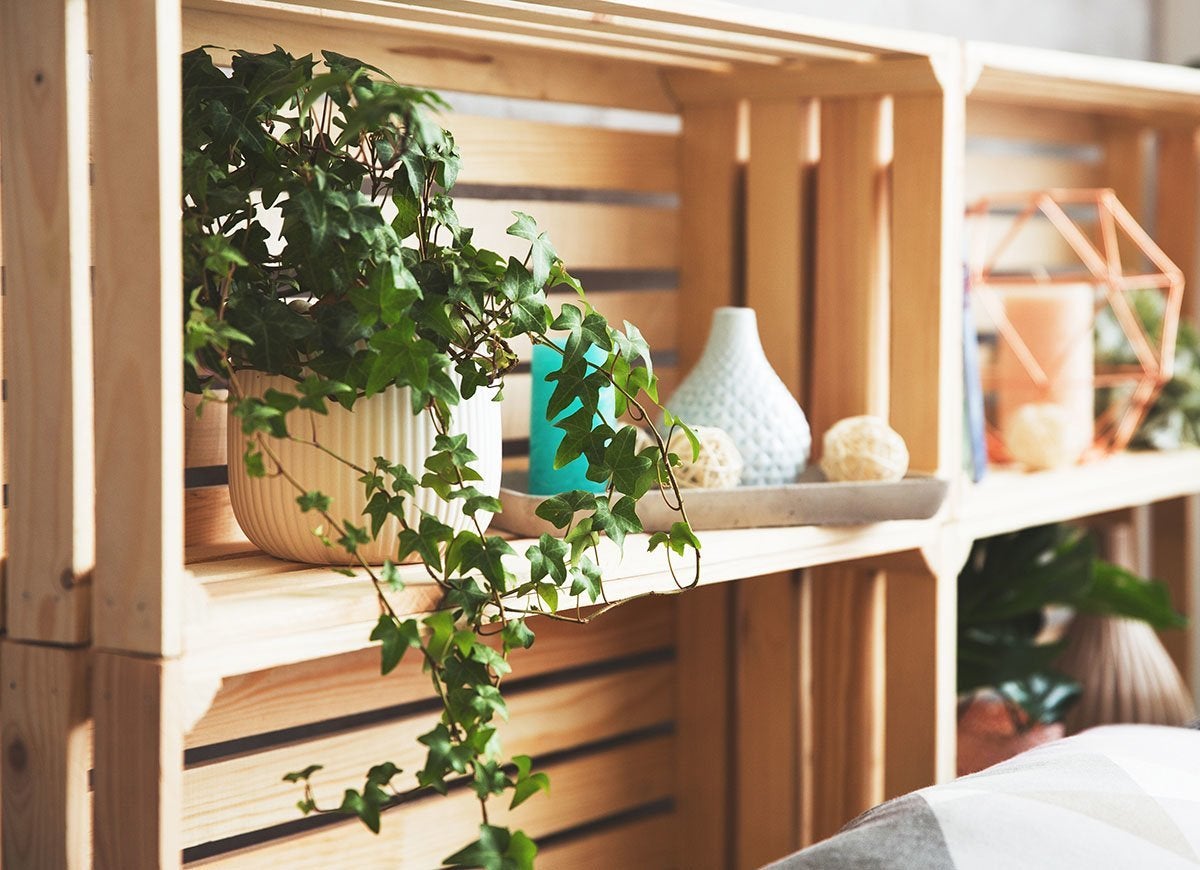
Cooler room temperatures, as low as the mid-50s, moist soil, and bright indirect light are all this elegant trailer needs. English ivy will climb if you let it, and it makes an excellent hanging plant. Cuttings are easily rooted and make great hostess or housewarming gifts. Available at Lowe’s; $3.33.
Aloe Plant
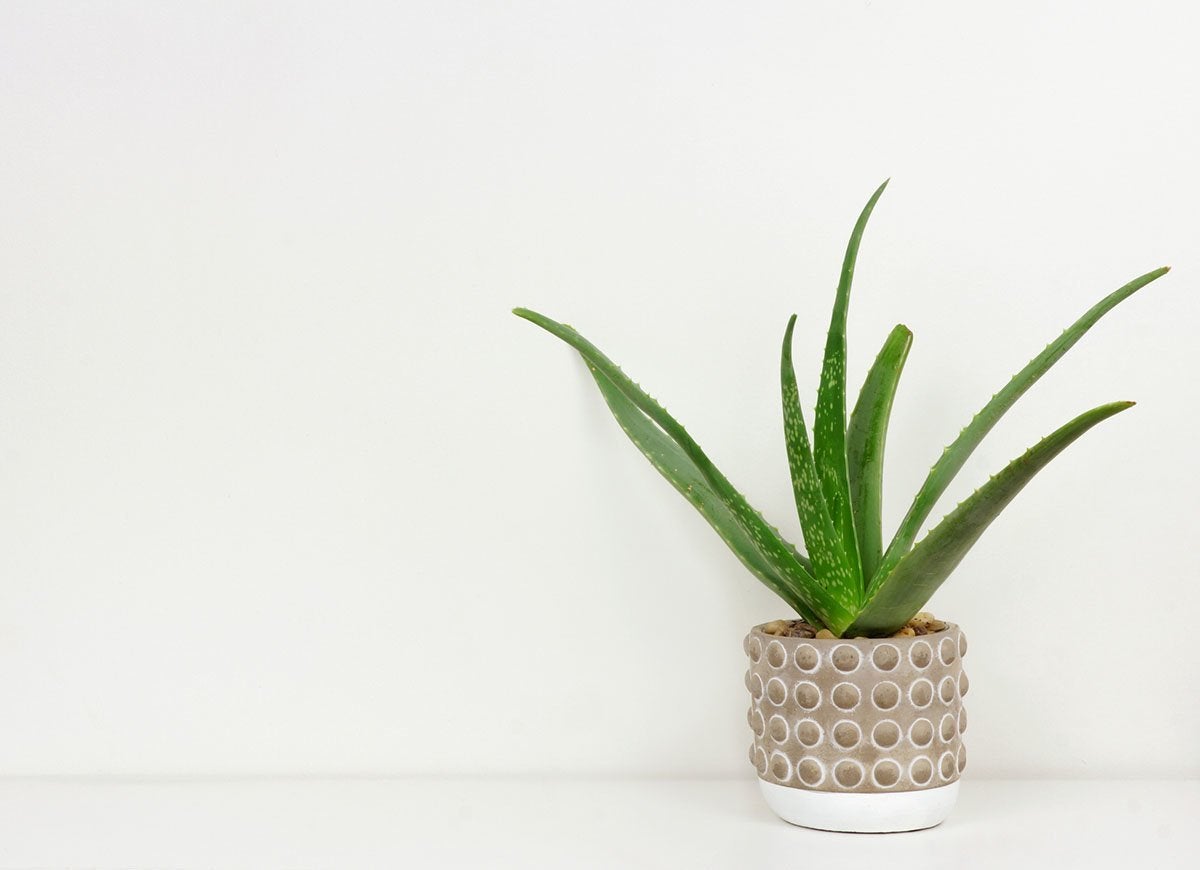
Preferring the dry air often found in homes during the colder months, aloe is a perfect winter tenant. Its love of dryness is no surprise, given that the plant is a member of the succulent family. Fleshy leaves store water for long periods, which means aloe can survive a stretch or two without water. Allow the soil to dry out completely between waterings, and give it a bright, sun-drenched window. Available at HomeDepot.com; $8.85.
Clivia
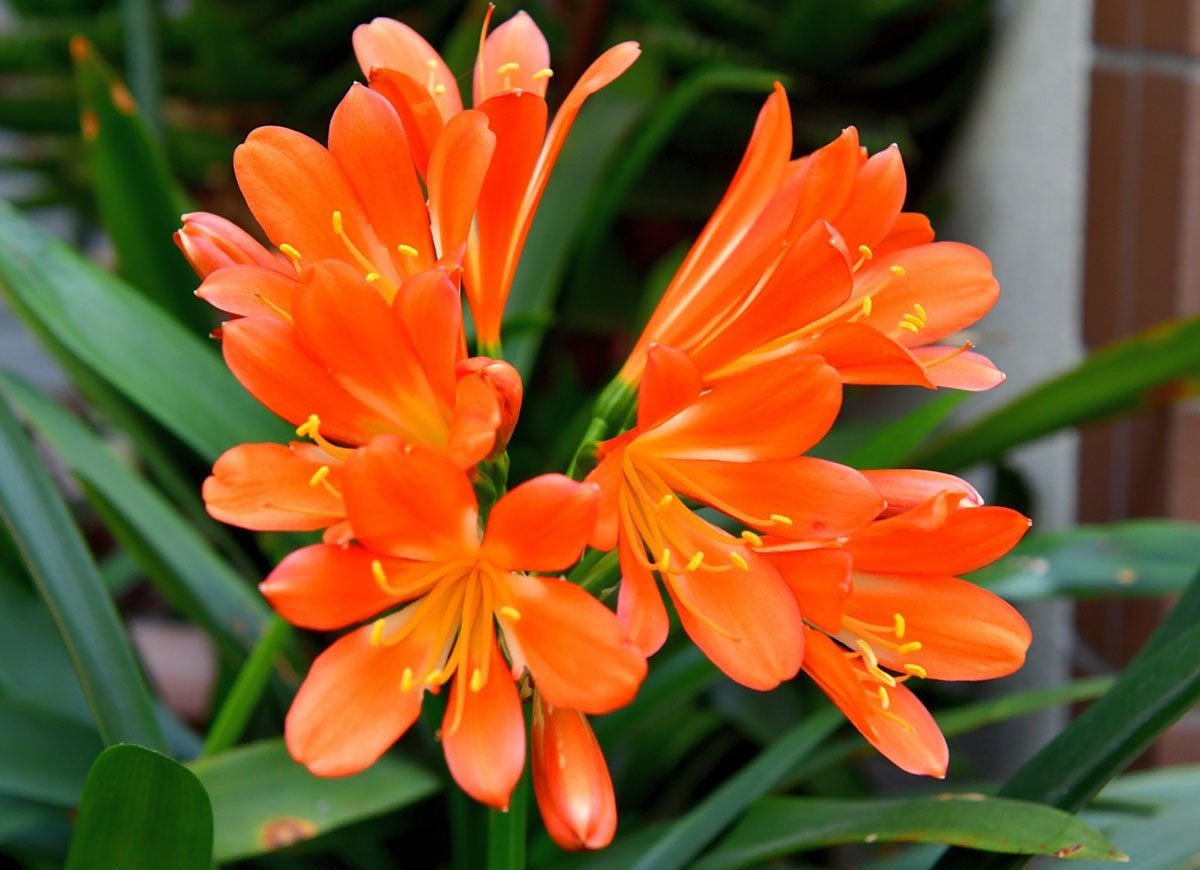
Got a drafty home and little sunlight? Perfect! Clivia needs bright indirect light and cooler temps to trigger flower production. The plant likes things on the dry side, and should be watered only when the top surface of the soil is dry. Yellow or orange spots on the leaves are an indication that you’re overwatering. Available at Lowe’s; $29.98.
Christmas Cactus
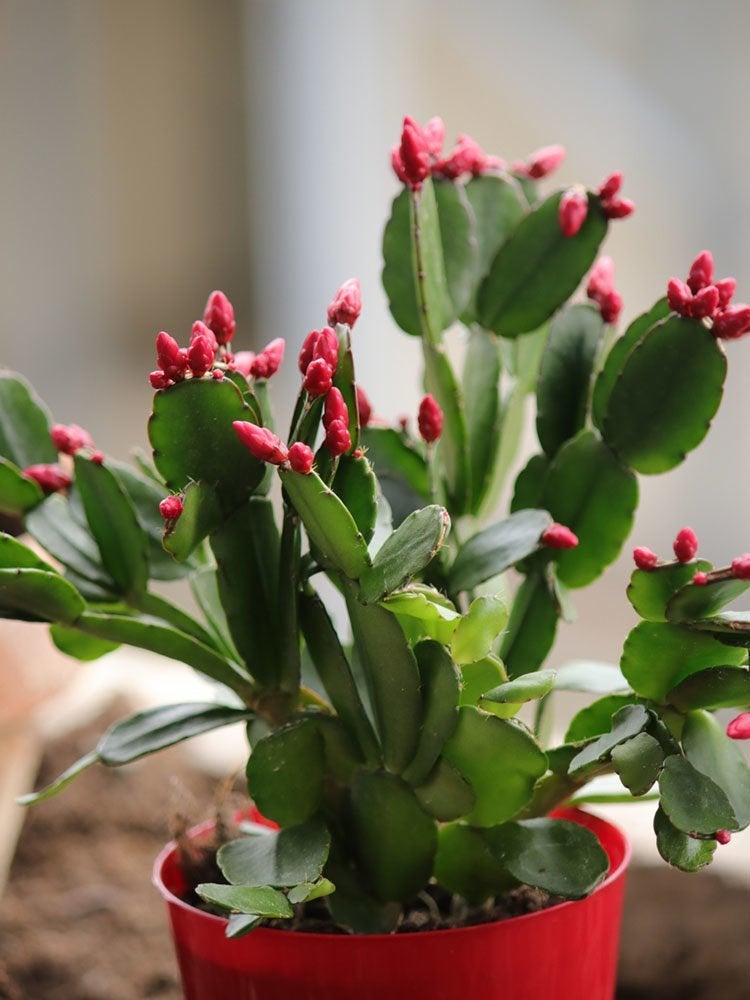
Often sold at grocery stores around the holidays, Christmas cactus offers a bright pop of color with flowers in red, pink, purple, white, or yellow. Each bloom lasts several days, so the plant can provide great color for many weeks. Let it spend the summer on a patio or porch where it will receive bright indirect light. Decreasing temperatures and light levels will trigger the bloom cycle once again. Leave it outside for as long as possible, but bring it in before temps dip below 55 degrees. Check your local garden center for availability.
Peace Lily
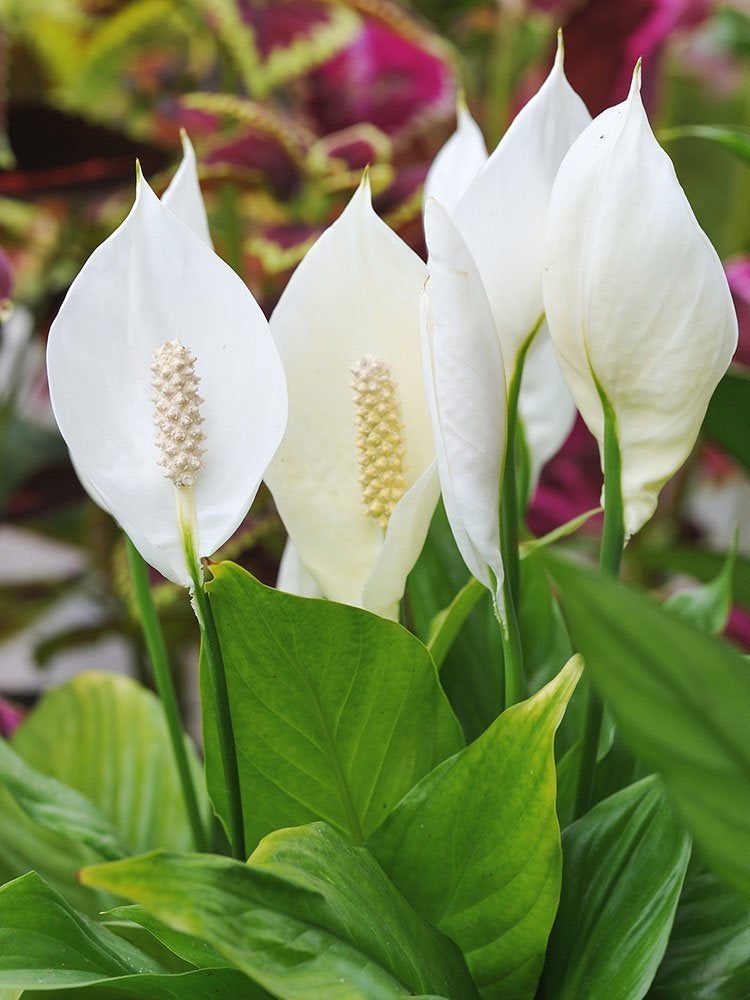
Low humidity and limited bright light are the prerequisites for a thriving peace lily. But low light doesn’t mean no light—these plants need some indirect light to encourage the beautiful white flowers for which it is known. While tolerant of infrequent watering, the leaves will begin to brown if the plant is not adequately watered. Available at HomeDepot.com; $30.
Jade
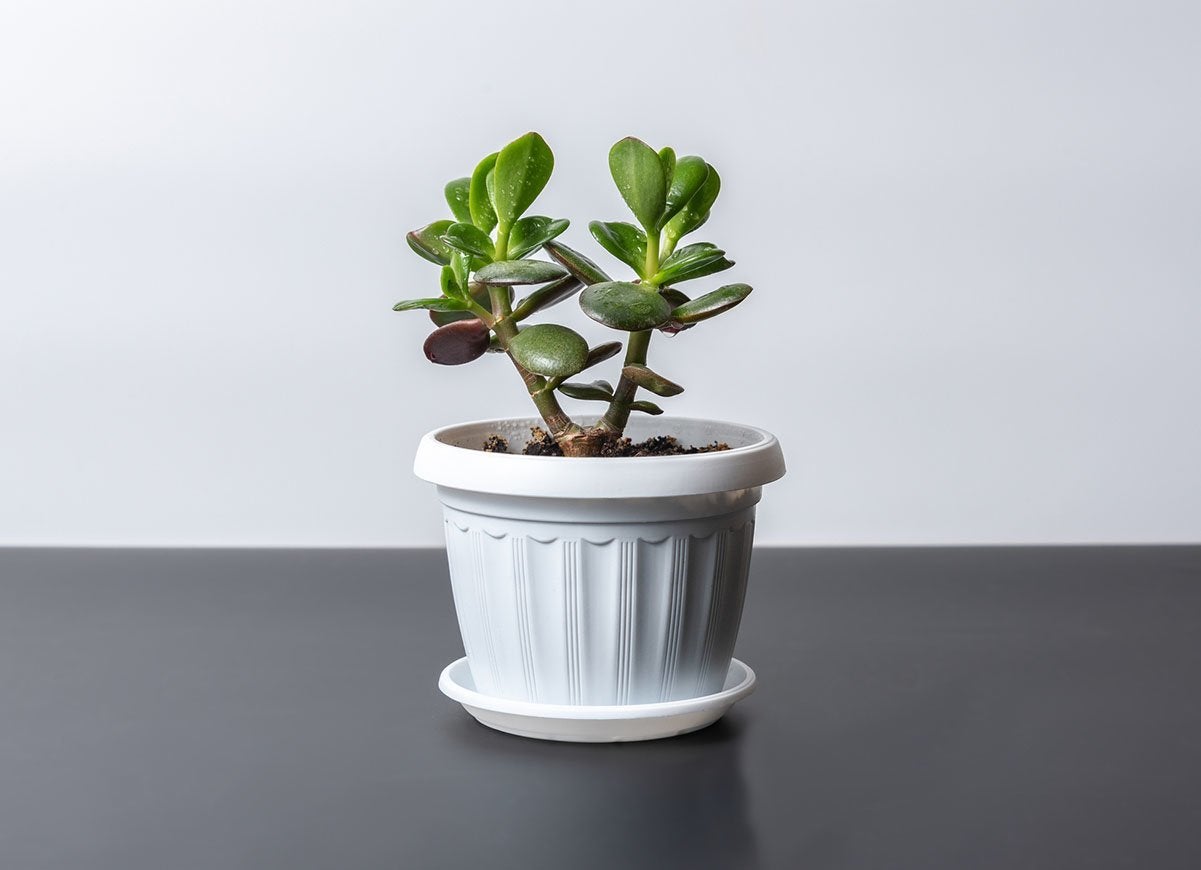
Known for its longevity, jade can carry on for decades, possibly even a few family generations, provided its few needs are met. Water sparingly: Like most succulents, jade stores water in its leaves, and watering too frequently is most certainly a death warrant. Give the plant bright light, and enjoy the interesting branching and fleshy leaf growth. Available at HomeDepot.com; $18.38 for three plants.
Prayer Plant
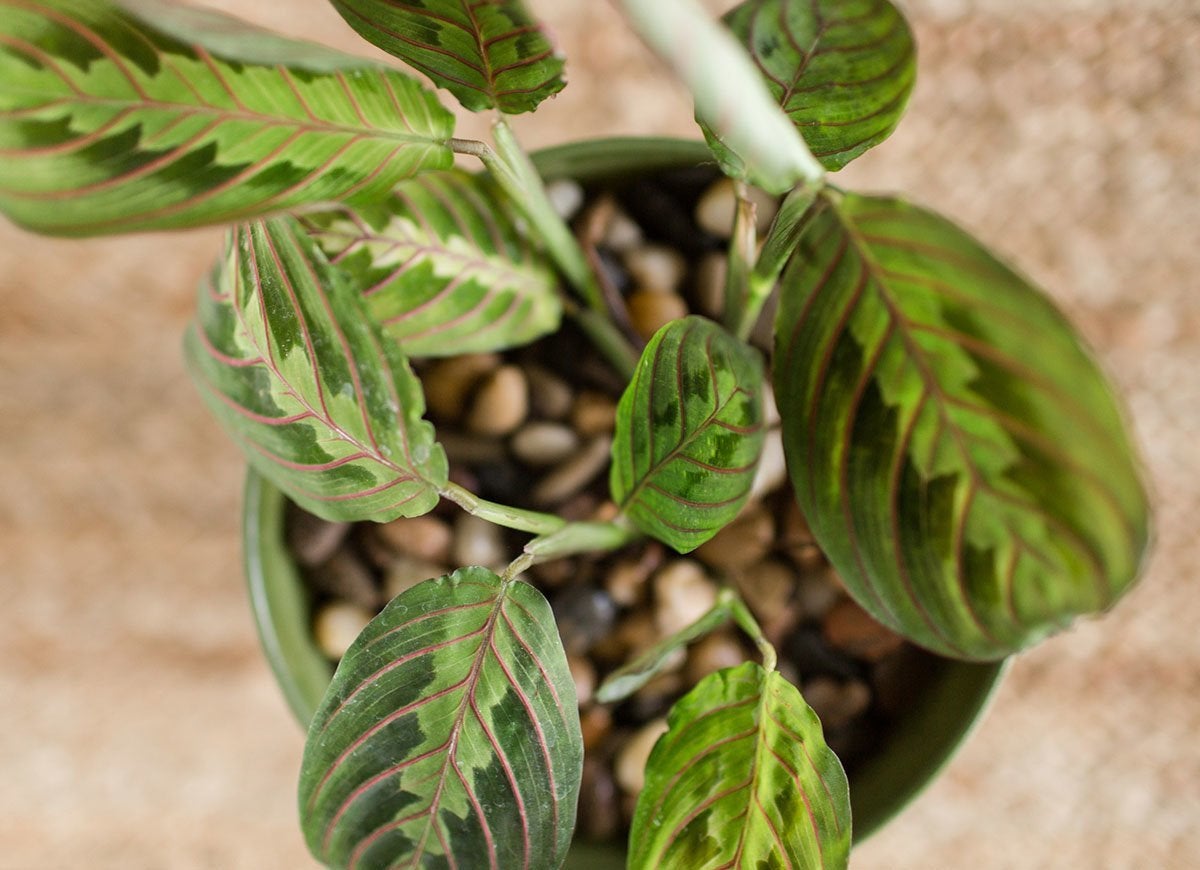
The prayer plant’s oval-shaped, colorfully veined leaves rise to an upright position in the evening. Position the plant in indirect light and keep the soil consistently moist, never allowing it to dry out. Brown tips on the ends of leaves are an indicator that the plant is receiving too much sunlight. Available at TheSill.com; $18.
Purple Secretia

The plant’s lance-shaped leaves have a shimmering quality that accentuates their silvery-purple coloring. Purple secretia is lovely in a hanging basket or trailing along a ledge. For best leaf color, locate the plant in bright but indirect light, and keep soil evenly moist. Available at HomeDepot.com; $9.95.
Rubber Plant
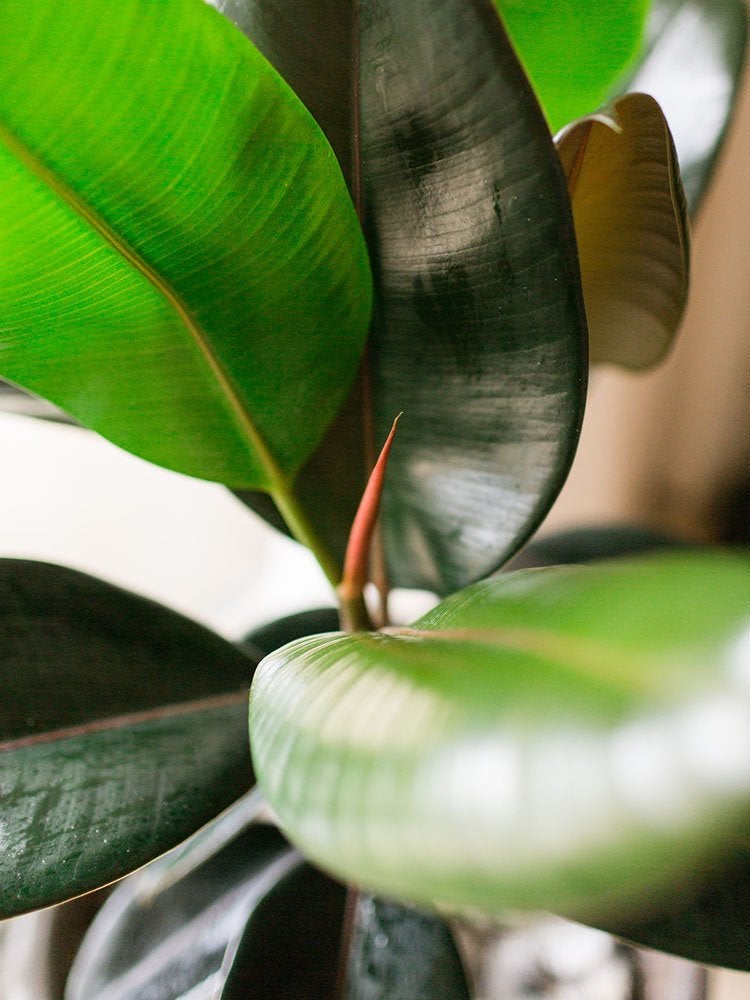
Whether you prefer an eight-foot-tall indoor tree or a smaller, bushier one, you can have it with a rubber plant. Just be sure to give the plant a bright spot out of direct sunlight, and it will do the rest. Keep the soil moist in the growing season, and water once or twice a month once the plant has gone dormant in the fall. Available at HomeDepot.com; $25.
Dumb Cane

This lush plant will lend a tropical vibe to any room. Variegated green-and-white leaves can reach a foot long and often display interesting speckles and stripes. While it can handle low light conditions, it will grow faster and more fully with brighter indirect light. Water when the top two inches of soil are dry. Available at Lowe’s; $24.48.
Maidenhair Fern
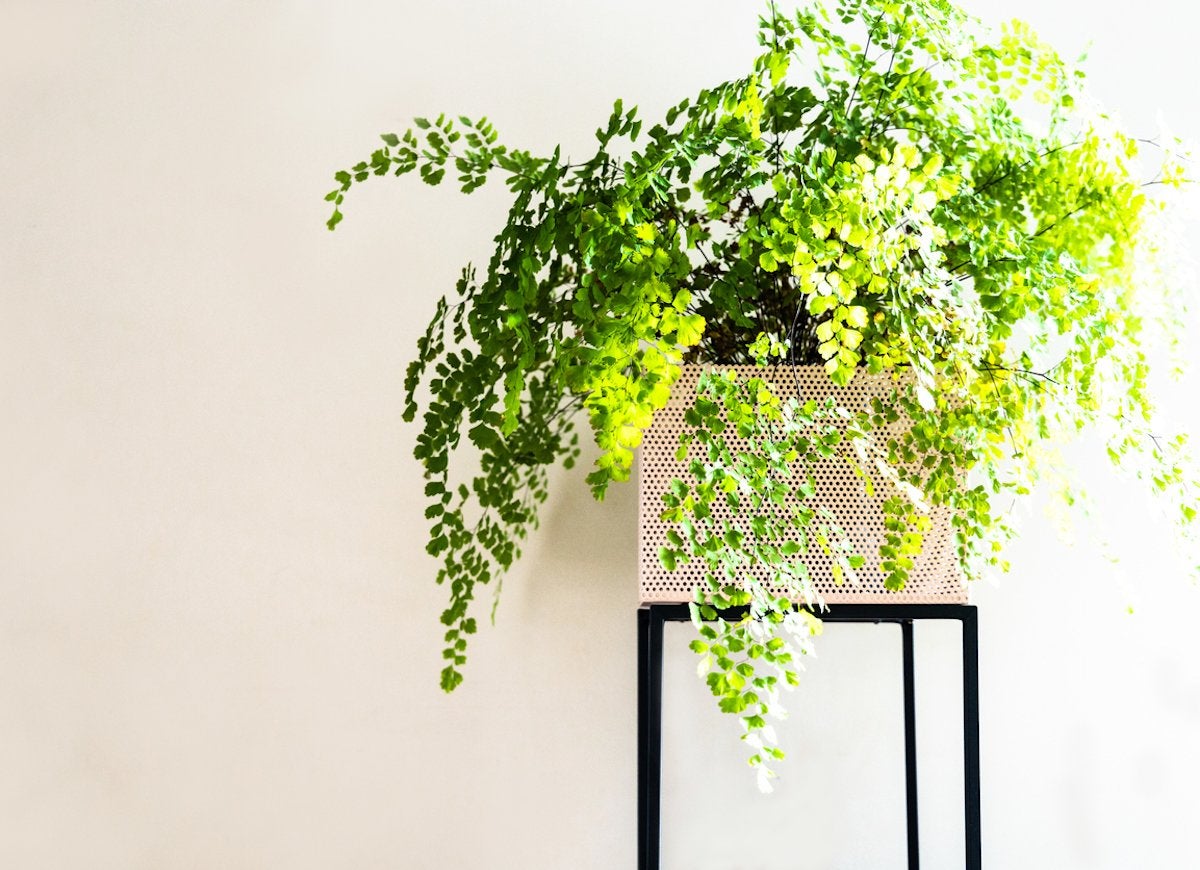
Because of their fondness for humidity, ferns require a more hands-on approach. The plant can handle low light conditions indoors, but you’ll have to give it consistent moisture, especially during the winter months when indoor air is considerably drier. Keep the soil damp, and mist the plant daily. Available at Walmart.com; $11.99.
Chinese Evergreen
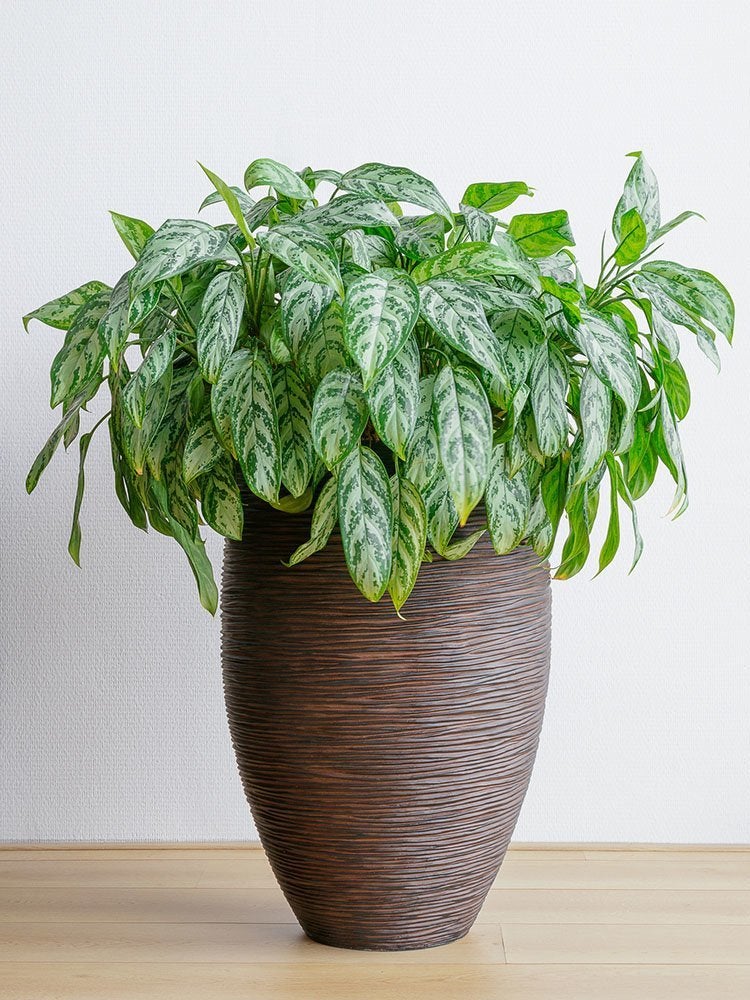
Depending on the variety, the green leaves of Chinese evergreen are splashed with pink, white, red, or silver. What makes this plant so special is its ability to thrive equally well in a brightly lit room or on a desk beneath fluorescent lights. Allow the soil to dry out between waterings. Available at Lowe’s; $13.98.
Arrowhead Vine
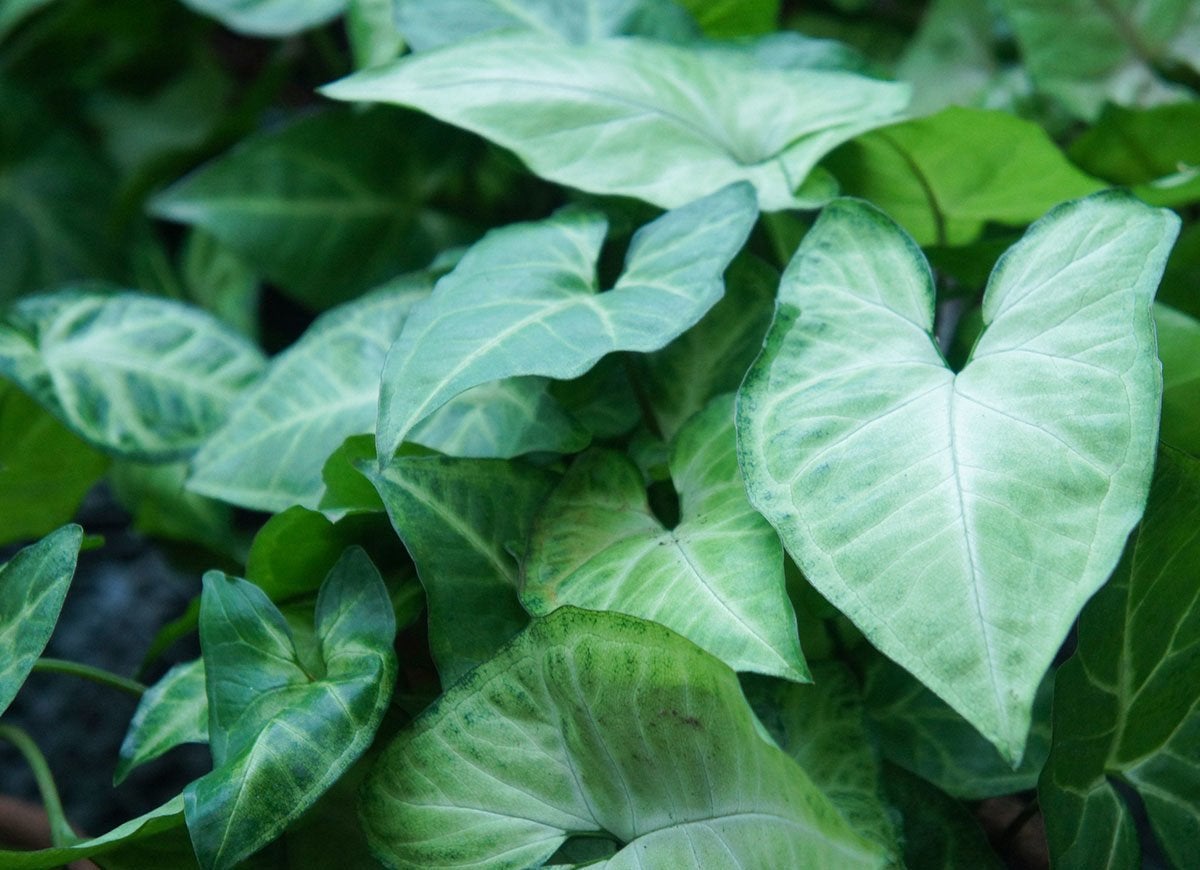
This plant will be right at home in an east-facing window or near small windows. The beauty of arrowhead vine is that you decide the growth habit. For the first few months it will be compact and upright, but it will eventually develop long vines that can be trained to climb up supports or can be cut back to six or eight inches in length to maintain a bushier form. Check your local garden center for availability.
Rex Begonia
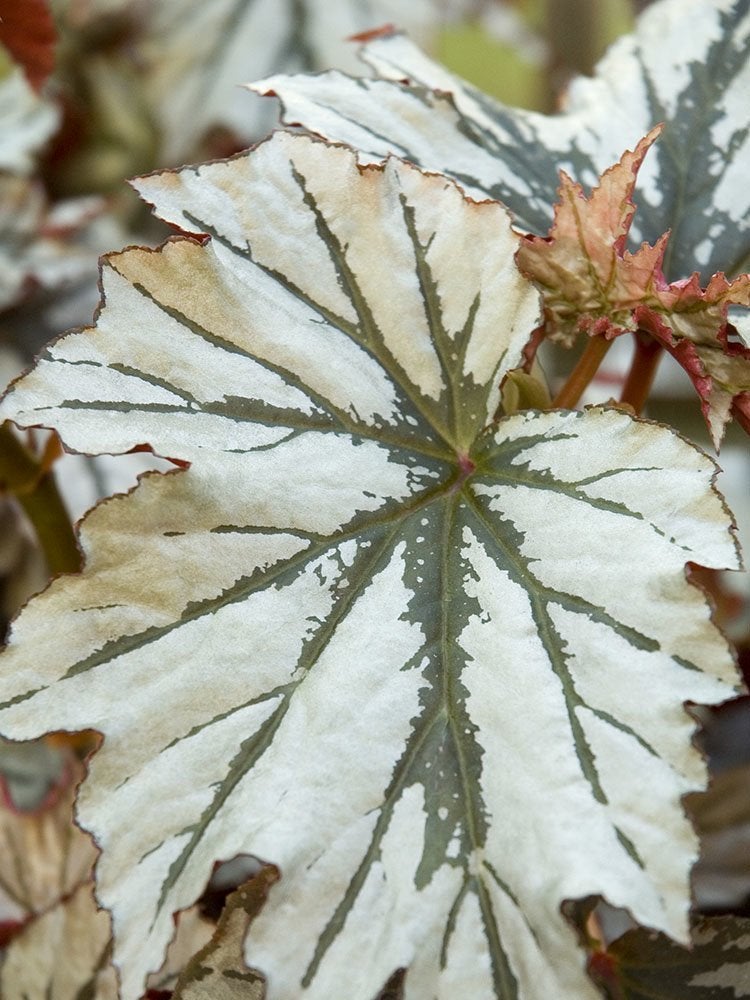
Rex, the flashy cousin of your average garden begonia, has dynamic color patterns that include swirls, splotches, and stripes in red, orange, silver, purple, pink, or gold. Give it a well-lighted room out of direct sunlight, and keep the soil consistently damp but not soggy. Available at Walmart.com; $4.99.

All You Need to Care for Your Lawn & Garden
Keeping your grass green and your plants thriving doesn’t just take a green thumb—it starts with the right tools and supplies.